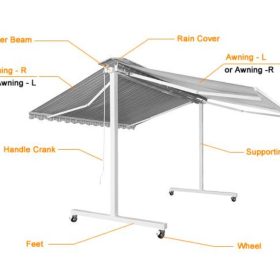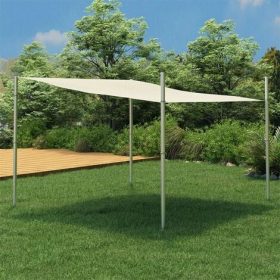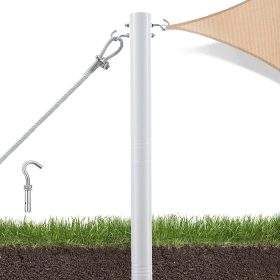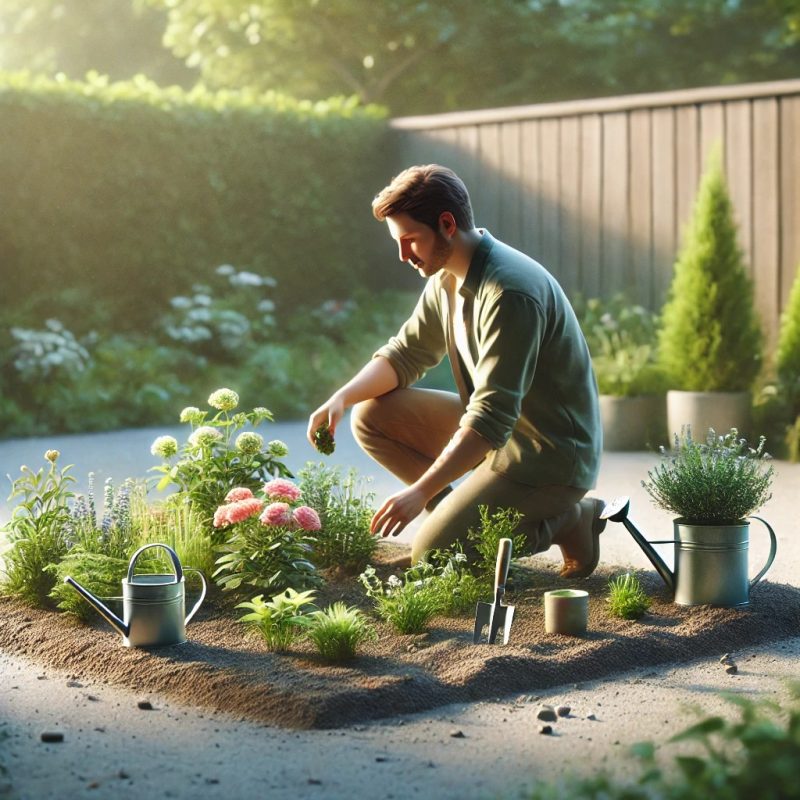Gardening Tips
How Can Being In The Garden Support Mental Wellness
In the midst of Mental Health Awareness Week, it’s the perfect time to pause and try mindful gardening as a way to nurture both greenery and your well-being. Your garden can become more than a collection of plants; it can transform into an outdoor space dedicated to calm reflection. By choosing to try mindful gardening you open a door to deeper connection with nature.
What Is Mindful Gardening?
Mindful gardening means focusing fully on each moment spent in your garden. When you decide to try mindful gardening, you pay attention to the sensation of soil beneath your fingers and the patterns of light in your outdoor space. Rather than rushing from one chore to the next, you choose presence. To try mindful gardening is about engaging all your senses – touch, sight, hearing, smell, taste – in the moment, turning routine tasks into a meditative practice.
Proven Benefits for Mental Health
The benefits of this approach are profound. Research shows that time in green environments reduces stress hormones and improves mood. When you try mindful gardening in your outdoor space, heart rate slows and anxiety diminishes. Studies tied to Mental Health Awareness Week emphasize that hands-in-the-earth activities can increase serotonin production. Over time, try mindful gardening daily and you may notice clearer thinking, reduced depression symptoms, and heightened resilience.
Spending a few minutes practicing mindful gardening also has physical advantages. Digging, weeding, and planting elevate your heart rate gently in that carefully curated outdoor space. As you try mindful gardening moves, muscle tension eases, and you can focus on breath rather than stress. This mindful exercise differs from a hurried workout; it’s deliberate movement rooted in calm, inviting you to try mindful gardening as a form of low-impact, restorative exercise.
Cultivating Presence Through the Senses
Sight & Sound
Emotional well-being benefits when you surround yourself with nature. Birdsong, rustling leaves, and the scent of blossoms in your outdoor space become anchors for your attention. Each time you pause to observe, you try mindful gardening in its purest form – no distractions, just awareness. This moment invites you to try mindful gardening again, free from worry.

Touch & Smell
Engage by touch: feel soil between your fingers, the strokes of a flower petal, or the bark of a shrub. This tactile focus is a core step when you try mindful gardening. Your outdoor space becomes a classroom for embodied awareness, the shift from mindless routine to gentle, intentional care. Crush a leaf or herb and inhale deeply – aroma becomes a gateway to present-moment focus.

Taste
Where possible take a daily meal, or even just a cup of tea, into the garden and relax, savouring each bite or sip – in the tranquil surroundings.

Single-Tasking
Instead of tackling multiple chores, focus on one activity – like weeding or watering – and see it through. Throughout this task, choose to try mindful gardening by keeping attention on each movement, each tool, each plant. In the intimacy of your outdoor space, single-tasking sharpens your senses and deepens calm.
Designing a Mindful Garden Retreat
When planning a mindful garden, consider layout and elements that support reflection. Paths winding through blooming borders invite slow wandering in your outdoor space. As you try mindful gardening here, features like a quiet bench, a water feature, or a patch for herbs encourage sensory exploration. And with a subtle touch – a retractable Intelroll awning – you can help regulate sunlight and stay sheltered during sudden showers, maintaining your practice without interruptions. Such thoughtful design helps you try mindful gardening in comfort and style.
Linking to Mental Health Awareness Week
Mental Health Awareness Week highlights the importance of self-care and connection. This year, organisations emphasize contact with nature as a vital practice. Taking time to try mindful gardening in your outdoor space can be a powerful addition to your mental health toolkit. Each session becomes a moment of self-compassion, aligning perfectly with the goals of Mental Health Awareness Week.
Five Simple Tips to Start
- Set aside five unbroken minutes each day to try mindful gardening—sit quietly and observe.
- Create a dedicated spot in your outdoor space where you can pause, breathe, and tune in to nature.
- Name three colours and three sounds you notice before beginning any gardening task.
- Keep a garden journal: record one sensation or insight from each visit.
- Adjust your schedule around weather or appointments, so you honour your mindfulness practice without pressure.
Final Thoughts
Research supports what gardeners have long felt: contact with plants and soil can lower cortisol levels and improve sleep. Each time you pause to dig a little deeper or lay down a mulch layer, you allow your nervous system to shift from fight-or-flight to rest-and-digest. When you try mindful gardening consistently, stress becomes manageable and creative thinking flourishes. This shift transforms your outdoor space into a live laboratory for well-being, blending physical activity with emotional renewal.
By weaving these mindful practices into your gardening routine, you reclaim your relationship with nature and yourself. Turn off distractions, step outside, and remember: every time you ask yourself to try mindful gardening in your outdoor space, you’re choosing health, calm, and connection.

 INT100 – Balcony
INT100 – Balcony INT200 – No Cassette
INT200 – No Cassette INT300 – No Cassette
INT300 – No Cassette INT400 – Half Cassette
INT400 – Half Cassette INT500 – Full Cassette UK
INT500 – Full Cassette UK INT500 – Full Cassette – USA
INT500 – Full Cassette – USA INT650 – Free Standing+
INT650 – Free Standing+ INT600 – Free Standing
INT600 – Free Standing INT700 – Caravan
INT700 – Caravan INT800 – Pergola Awnings
INT800 – Pergola Awnings Fabric Samples
Fabric Samples Replacement Fabric
Replacement Fabric Rain Weather Cover
Rain Weather Cover Sun Shade Sail
Sun Shade Sail Brackets
Brackets Support Pole Leg
Support Pole Leg Wind Sun Sensors
Wind Sun Sensors Tension Cable
Tension Cable Electric parts
Electric parts Infrared Heater
Infrared Heater Sun Shade Sail
Sun Shade Sail Sun Shade Sail Pole 1.5m – 6m
Sun Shade Sail Pole 1.5m – 6m Fitting Kit
Fitting Kit Tarpaulin
Tarpaulin 63mm Sun Shade Sail Pole
63mm Sun Shade Sail Pole
